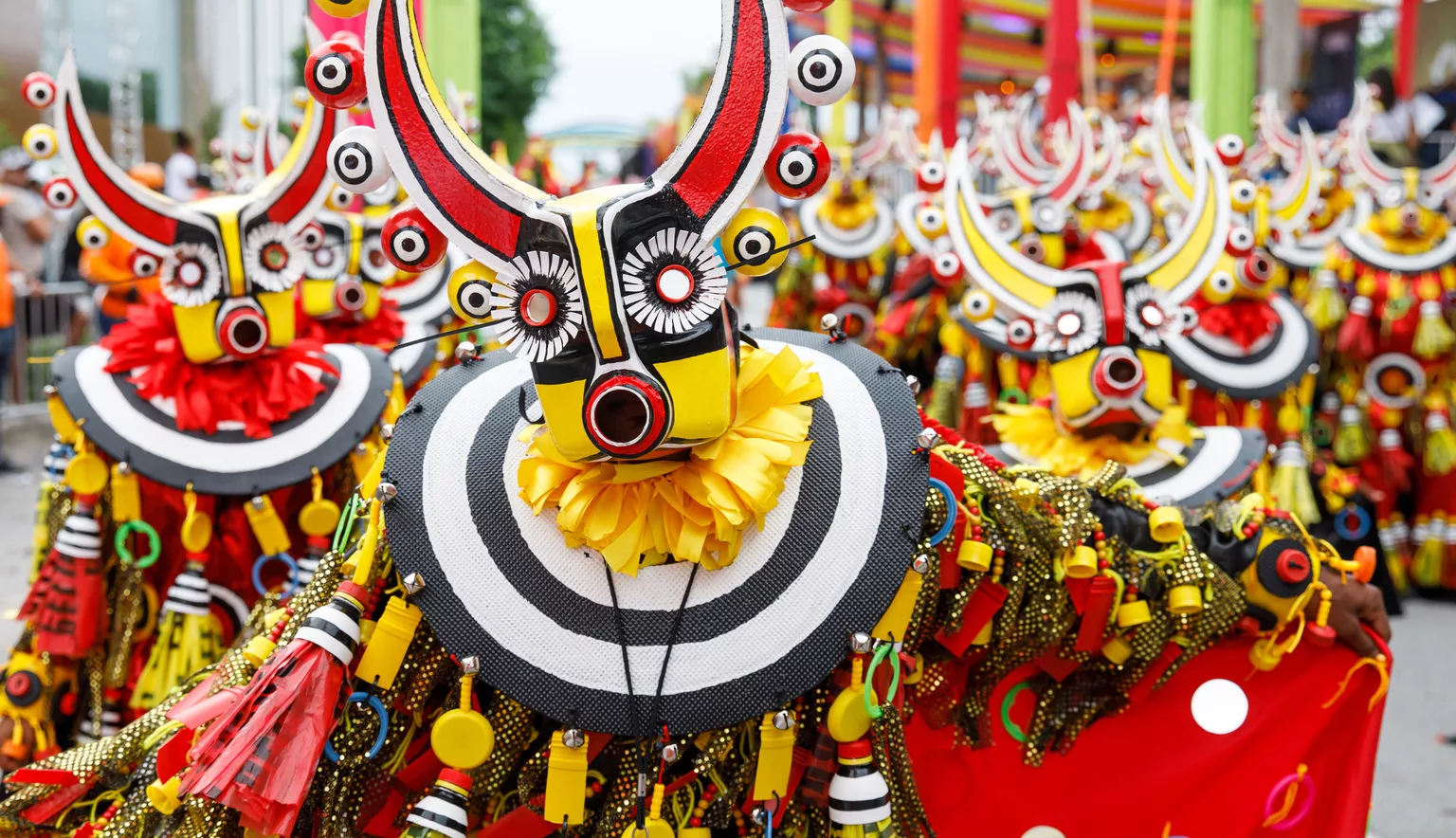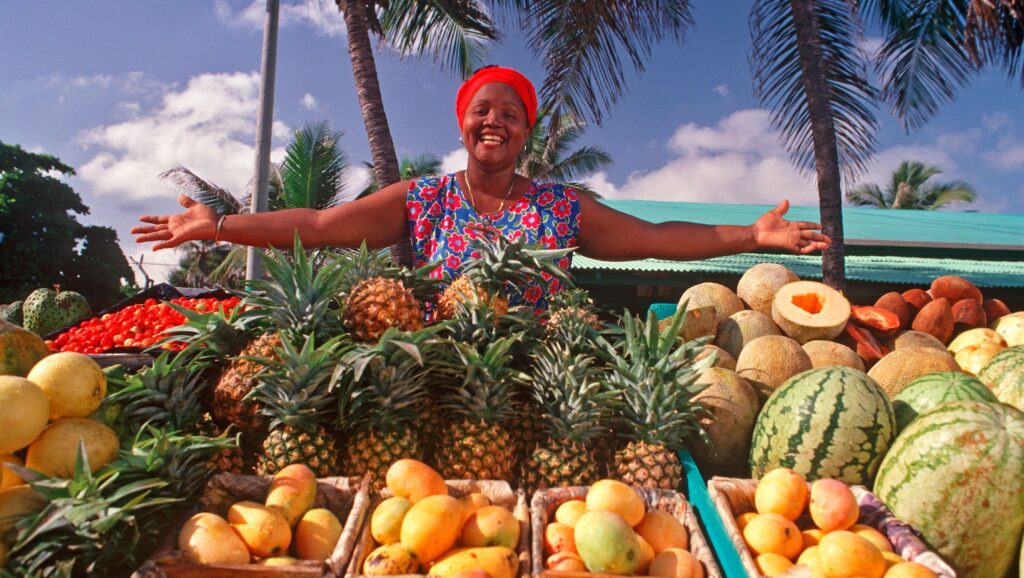Table of Contents
Arts and Culture in the Dominican Republic
The Dominican Republic, a Caribbean nation with a rich history, has cultivated a vibrant arts and culture scene that reflects its unique blend of Taino, African, and Spanish influences. In this article, we’ll explore the various aspects of Dominican art and culture, from its roots to the present day.

Brief History of Arts and culture of Dominican
Taino Art
Before the arrival of the Spanish colonizers, the island was inhabited by the indigenous Taino people. The Taino were skilled artisans, and their art forms included pottery, wood carving, and rock paintings. They crafted intricate ceremonial objects, such as cemí figures, which represented ancestral spirits and deities.
Colonial Period
During the Spanish colonial period, art in the Dominican Republic was primarily influenced by European styles, including Baroque and Renaissance. Churches and monasteries showcased frescoes and religious sculptures, and many artists were commissioned to create works for religious institutions.

Post-Independence Period
After gaining independence from Haiti in 1844, the Dominican Republic began to develop its own artistic identity. The 20th century saw the emergence of various artistic movements, such as modernism, and the influence of international styles, such as cubism and surrealism.
Visual Arts
Painting
Dominican painting has evolved over time, incorporating various styles and themes. Some of the most well-known Dominican painters include Candido Bidó, who used vivid colors and abstract shapes to depict everyday life, and Guillo Pérez, who captured the essence of the Dominican countryside in his landscapes.
Sculpture
Sculpture has also played a significant role in the Dominican art scene, with artists creating works in a range of materials, such as bronze, marble, and wood.
Public Sculpture
Public sculptures can be found throughout the Dominican Republic, often commissioned to commemorate important historical events or figures. Examples include the Altar de la Patria, a monument honoring the country’s founding fathers, and the statue of Juan Pablo Duarte in Santo Domingo’s Plaza de la Cultura.
Gallery Sculpture
Contemporary Dominican sculptors have embraced a variety of styles and techniques. Artists like Iván Tovar, known for his surrealist-inspired works, and Raquel Paiewonsky, who explores themes of identity and social issues through her mixed-media sculptures, showcase the diversity of Dominican sculpture.
Performing Arts
Dance
Dance is an integral part of Dominican culture, with traditional dances such as merengue and bachata originating on the island. These dances are celebrated during festivals and social gatherings and are known for their lively rhythms and captivating moves.
Music
Dominican music is a fusion of African, European, and indigenous influences. Merengue, the national music and dance, is characterized by its fast tempo and syncopated rhythms. Bachata, another popular genre, is a romantic, guitar-based style with Afro-Caribbean roots. Dominican musicians, such as Juan Luis Guerra and Romeo Santos, have gained international acclaim for their contributions to these genres.
Theater
Theater in the Dominican Republic has a rich history dating back to the colonial period. Today, the vibrant theater scene includes both classical and contemporary plays, as well as experimental performances. The National Theater in Santo Domingo hosts numerous productions each year, from international touring shows to local Dominican plays.

Literature
Poetry
Poetry has long been a celebrated art form in the Dominican Republic. Influential Dominican poets include Pedro Mir, the national poet laureate, known for his social and political commentary, and Salomé Ureña, a 19th-century poet who focused on themes of patriotism and national identity.
Prose
Dominican prose encompasses a variety of styles and genres, from novels and short stories to essays and journalistic works. Some prominent Dominican authors include Julia Alvarez, whose novel “In the Time of the Butterflies” tells the story of the Mirabal sisters and their fight against dictatorship, and Junot Díaz, who explores themes of identity and the immigrant experience in his Pulitzer Prize-winning novel “The Brief Wondrous Life of Oscar Wao.”
Conclusion
The arts and culture of the Dominican Republic are a dynamic reflection of the nation’s rich history and diverse influences. From visual arts to performing arts and literature, Dominican art forms continue to evolve and inspire, contributing to the nation’s unique cultural identity.
FAQs
1. What are the main influences on Dominican art and culture?
Dominican art and culture are influenced by a combination of indigenous Taino, African, and Spanish elements, which have shaped the nation’s unique artistic identity.
2. What are some traditional Dominican dances?
Merengue and bachata are two traditional Dominican dances that originated on the island and are celebrated for their lively rhythms and captivating moves.
3. Who are some famous Dominican musicians?
Juan Luis Guerra and Romeo Santos are two internationally acclaimed Dominican musicians known for their contributions to merengue and bachata.
4. What are some popular Dominican art forms?
Popular Dominican art forms include painting, sculpture, dance, music, theater, poetry, and prose.
5. Who are some influential Dominican writers?
Influential Dominican writers include Pedro Mir, Salomé Ureña, Julia Alvarez, and Junot Díaz, who have contributed to various genres, such as poetry, novels, and essays.
Discover the Artistic and Cultural Wealth of the Dominican Republic
Dominican Republic’s art scene is vibrant and culturally rich, a blend of Taino, African, and Spanish influences. Discover different sides of Dominican arts and culture ranging from customary practices to contemporary manifestations.
Key Points:
The Influence of Time:
Taino Art: Before Spanish colonization, pottery, woodcarvings and rock paintings were made by the Taíno people. For instance they made Cemi figures which were ceremonial objects.
Colonial Art: European styles like Baroque and Renaissance influenced art during the Spanish colonial period as seen in frescoes as well as religious sculptures.
Dominican Art in Progression:
Post-Independence: By 1844 when it gained independence, Dominican art began to shape its own identity incorporating modernism, cubism and surrealism.
Famous Painters: Notable among them are Candido Bidó who is known for using bright colors on abstract shapes and Guillo Pérez who is famous for painting landscapes.
Sculpture: Artists use materials such as bronze, marble or wood with public sculptures commemorating historical events like Altar de la Patria or Juan Pablo Duarte’s statue.
Dance and Music:
Traditional Dances: Merengue dance, bachata dance are part of Dominican culture celebrated for their lively beats along with prurient moves.
Music Blend: The music that comes out of Dominica Island is a fusion between African traditional music, European rhythms and native melodies. Merengue has fast beats with syncopation while bachata involves guitars in making romantic songs. Musicians such as Juan Luis Guerra or Romeo Santos have become popular across borders.
Theatre & Literature:
Theatre: National Theatre in Santo Domingo has been the home to various theatre performances thus indicating that theatre has deep roots within this country.
Poetry: Influential poets include Pedro Mir writing on social issues and politics, and Salomé Ureña writing on patriotism as well as national identity.
Prose: The most famous authors like Julia Alvarez or Junot Díaz tackle issues of people’s sense of self, immigration, and past events in their books.
Main Idea:
Dominican Republic’s arts and culture reflect its dynamic historical roots and diverse population. Dominican cultural expressions continue to change from traditional dances and music to contemporary visual arts and literature that inspire a nation with an evolving identity










